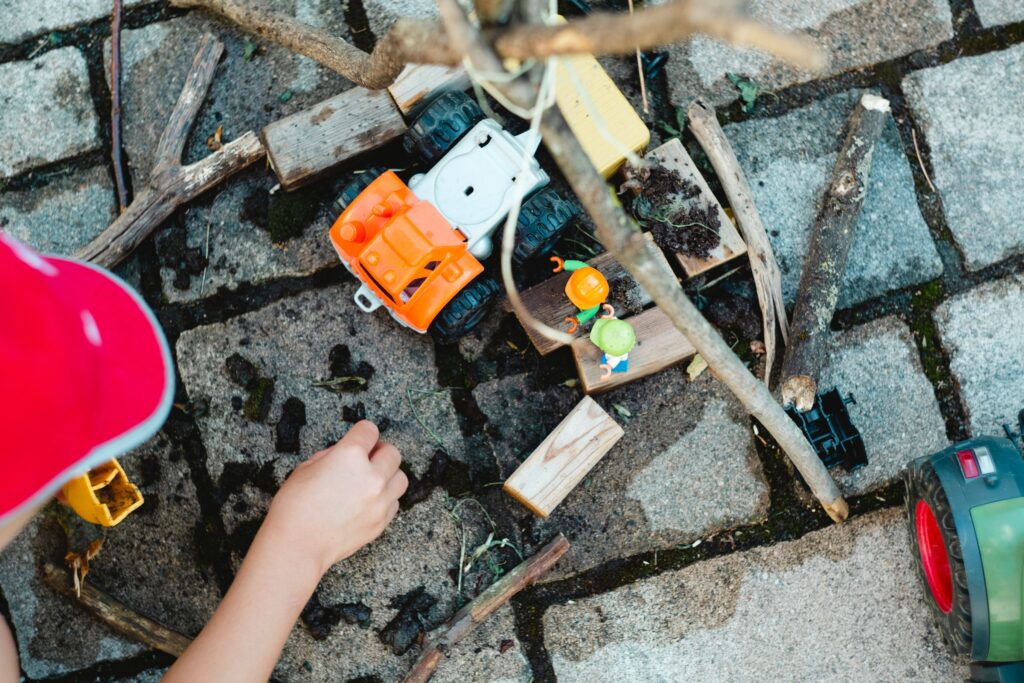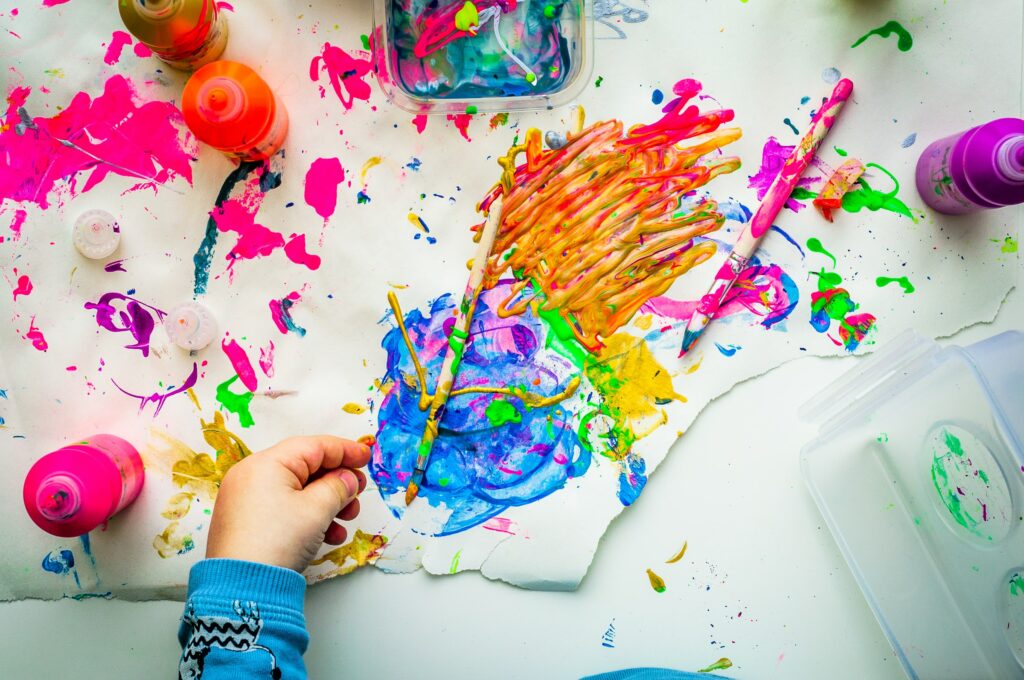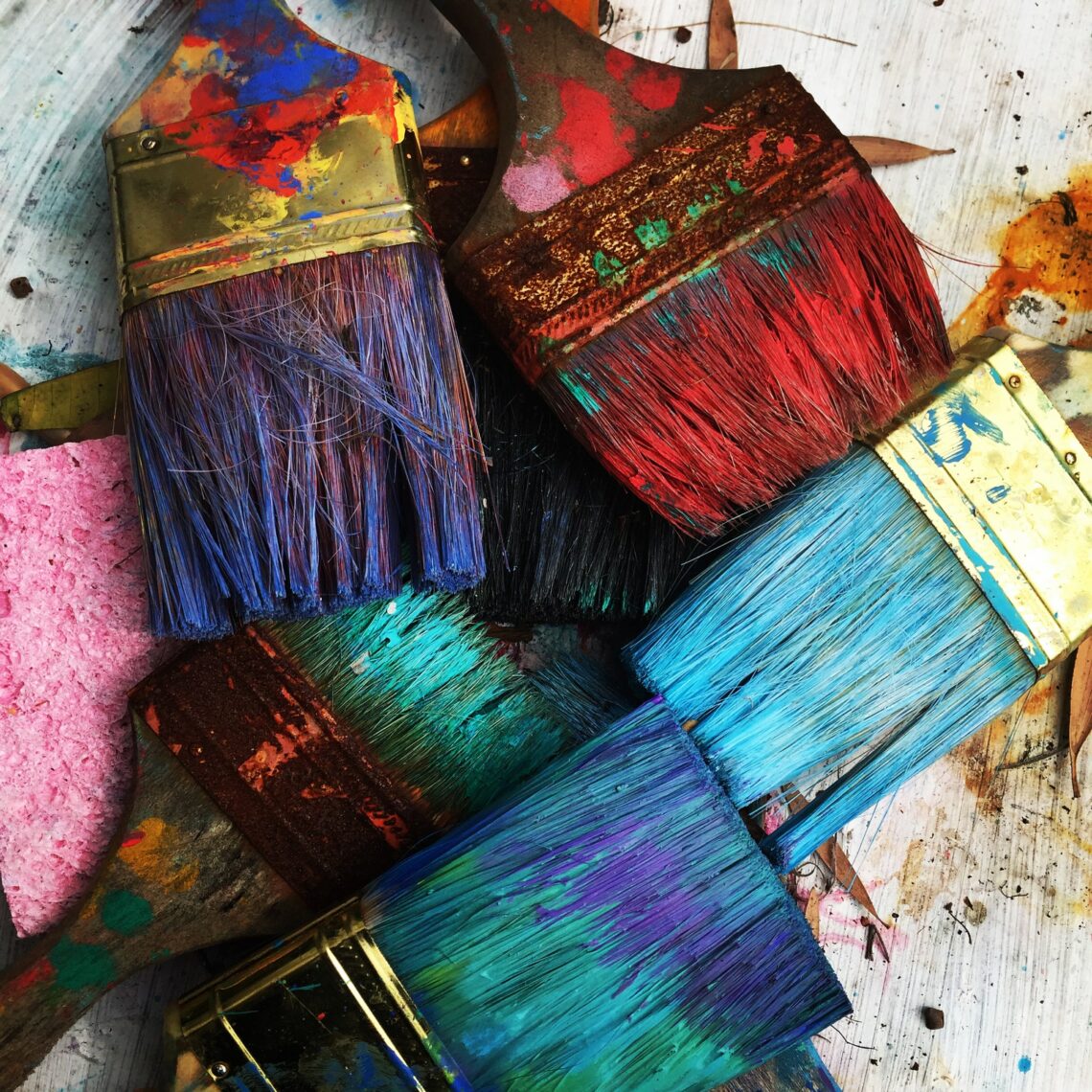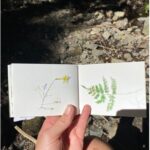
Provocations are a hot topic right now within the world of education. Whether you are interested in STEAM, project-based learning, design thinking, inquiry, play, or just generally want to excite your students – provocations are probably for you.
What is a provocation? Journey into Early Childhood defines provocations as
“deliberate and thoughtful decisions made by the teacher to extend the ideas of the children. Teachers provide materials, media, and general direction as needed, but the children take the ideas where they want. This allows children to develop skills of creativity, inventiveness and flexibility in thinking, planning and reflecting.”
Interestingly, the term provocation stems from Reggio Emilio’s approach to learning. Provocations are intended to provoke thoughts, ideas, and actions that can help to expand on a thought, project, idea or an interest. Provocations allow and encourage children to experience the world for themselves through open-ended activities. This enables children to think independently and encourage intellectual exploration which is often a jumping off point for children to investigate further.
Provocations sound like an amazing entry point for learners of all ages!
↠———————————————————↞
Tips when Creating Provocations by Wabisabi Learning

- Focus on Relevance:Think about what your learners already know. What interests them and drives them to pay attention? What inspires them to play and discover? Whatever connects to their interests is a safe bet when you create provocations.
- Begin With a Question: Asking meaningful and powerful questions is at the heart of authentic learning. What’s the purpose of your provocation? What exactly do you want to teach your students and how does the provocation fit into your plan? What’s the driving question for this adventure?
- Connect to Curriculum: Obviously you’ll have to connect learning to the prescribed curriculum. When you create provocations, ask yourself where learners may come across the standards in their lives outside of school. If it’s something they’ll come across in their own world, there is a connection that will provide relevance and context.
- Keep it Simple: As we stated earlier, provocations don’t have to be complicated. In fact, the simpler the better. Doing too much as a first step can be overwhelming and intimidating, especially for younger learners. Give them just enough to want to take the initiative to discover more on their own.
- Let Learners Lead: Kids have a lot to offer. In education, attentive children who are excited about learning end up getting more out of the lessons we teach. Effective learning provocations are a great way to allow students to “take the wheel” in learning.
- Be a Guide: To create provocations is to inspire action in learning, but you’ll still be the facilitator of that learning. With a good provocation, learners will ask questions repeatedly all throughout the process. Also, they’ll get stuck occasionally as they move forward. Be there in your capacity as a trusted guide for learning while students take point.
↠———————————————————↞
Provocations in Action!

Check out this teacher-librarian who brings the inquiry mindset to life in her school by installing a giant map of The Canadian Boreal Forest Agreement/Aboriginal Treaties in their school library. She set out with a goal to create a set of inquiry provocations that students from K-5 could explore. To do this she started off with a set of guidelines for each grade to consider as they moved through the provocations. Some of her provocation stations included:
- What stories might you tell using these animals from the Boreal Forest? (As she displayed a variety of animals and props)
- How far can you extend Keva Planks OFF the table?
- What activities might we do in the forest? How can we be sure our actions have a positive effect on the forrest?
- How might you help to protect the Boreal forest? What actions will you take?
- Use these links to measure across the map.
Beth notes that loose parts were a fan favourite and really provided students with an entry point into the inquiry. She says that,
“providing students with loose parts and an open inquiry prompt, [we] were able to see the students engage in critical thinking, reasoning and justifying as their work progresses.”
↠———————————————————↞
What does a provocation look like?
Nature based elements | Tinker trays | Loose parts | An interesting photo, picture or book | Nature walk | Specimens | Artifacts | Conceptual (changing seasons, light) | Old materials displayed in a new way | An object | New creative mediums | Questions | An event | Sensory exploration, etc
↠———————————————————↞
Middle School Ideas by Megan Kelly
- Watch a video with the sound OFF and discuss what students notice
- See, think, wonder about photographs or paintings. Glue the image in the middle of a sheet of chart paper and have students annotate what they see, think, and wonder. Incorporate movement by having students rotate among a variety of different images
- Category Sort Activity: each student receives a card with a statement on it. Then they separate into two groups based on the information on the cards. Once they think they have found their group, they discuss their qualities and make a list describing their group (i.e. Social Studies unit: HBC vs First Nations)
- Picture books! (i.e.g The Lorax (environmental studies) The Journey (immigration studies)
- Flocabulary
- Hexagonal Thinking Strategy: Students respond to a rich question on two-inch hexagons by writing responses to the question. They then work together to make connections and lay out the hexagons. This has students verbalize why the hexagons fit together, they can share ideas and practice open mindedness to others’ suggestions.
- Manipulatives: Gummy bears of Play Doh, and have them respond to a question, make an abstract idea concrete, or work with a partner to reenact a scene.
↠———————————————————↞
Other Resources
Check out:
@tntmackenzie on Instagram
@inquiryteacher on Instagram
@playful.inquiry.teacher on Instagram
@environmentasthe3rdteacher on Instagram
@pypteaching on Instagram
↠———————————————————↞
Featured Image: Paint Brushes: RhondaK Native Florida Folk Artist on Unsplash
Image 1:Photo by Markus Spiske on Unsplash
Image 2: Photo by Dragos Gontariu on Unsplash
Image 3: Photo by CHUTTERSNAP on Unsplash





belladeehr
March 17, 2021 — 11:20 pm
Tesla – I am floored! What an interesting and comprehensive explanation of not just what provocations are, but how to use them to deepen learning! I am inspired. I really appreciated the definition at the beginning, it really inspired and reminded me the point of all this! To create an environment where the thinking and creativity of our students can run free!